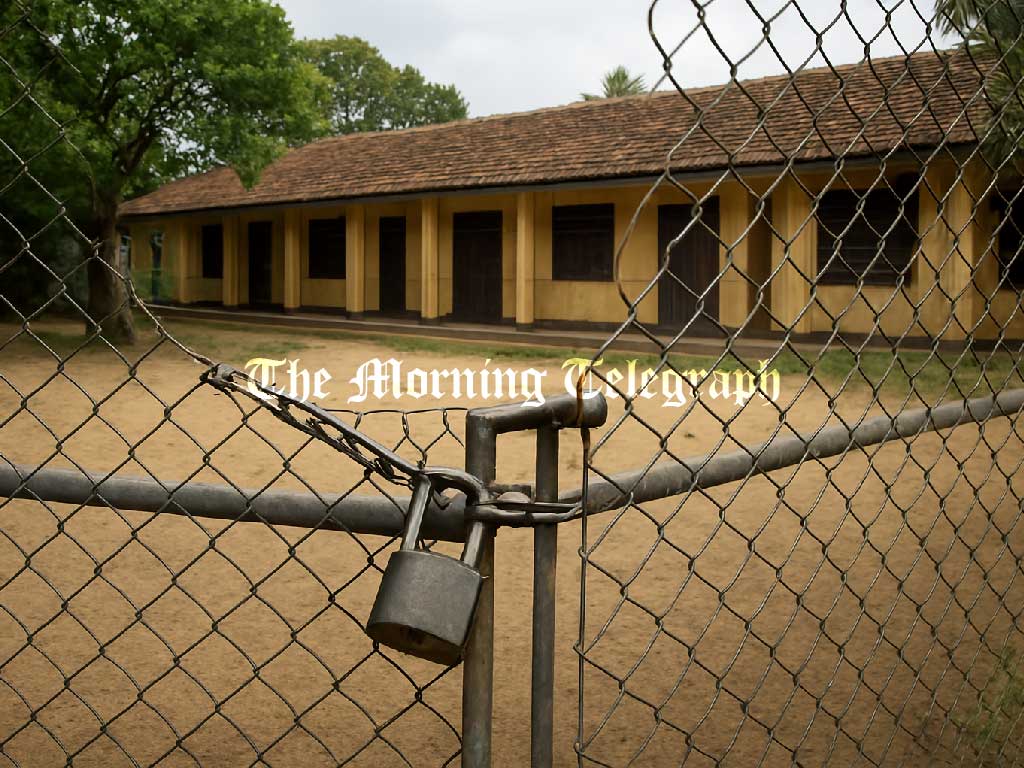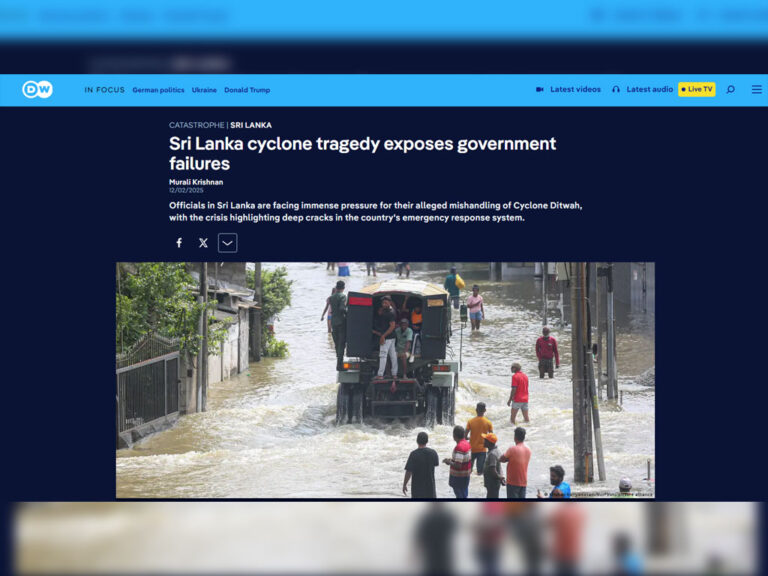
The government has identified 1,557 primary schools with low student enrollment for potential closure under the Education School Restructuring Project. This move has sparked concern among education advocates who warn it may further increase the number of children dropping out of primary education, which is currently around three percent.
Priyantha Fernando, President of the Lanka Teachers’ Union, raised these concerns during a press briefing held in Anuradhapura. He emphasized that the proposed closures would particularly impact students in remote and underserved regions who lack access to alternative nearby schools, potentially leaving around 10,000 rural schoolchildren without primary education facilities.
Fernando criticized the current government for pursuing these reforms, stating that it had once opposed similar initiatives under previous administrations. He described the plan as a superficial solution akin to “putting a bandage on a sore throat,” particularly in the context of the country’s existing shortage of approximately 40,000 teachers.
The restructuring project also involves merging lower and upper Advanced Level (A/L) classes from smaller schools with larger institutions, potentially restricting access to A/L education for students who qualify after completing their Ordinary Levels.
Fernando stressed that the appropriate solution is not to close these schools but to address the teacher shortage and improve educational infrastructure. The Sri Lanka Teachers’ Union has voiced strong opposition to the initiative, noting that several schools in the North Central Province are already serving as pilot sites for the restructuring project.




